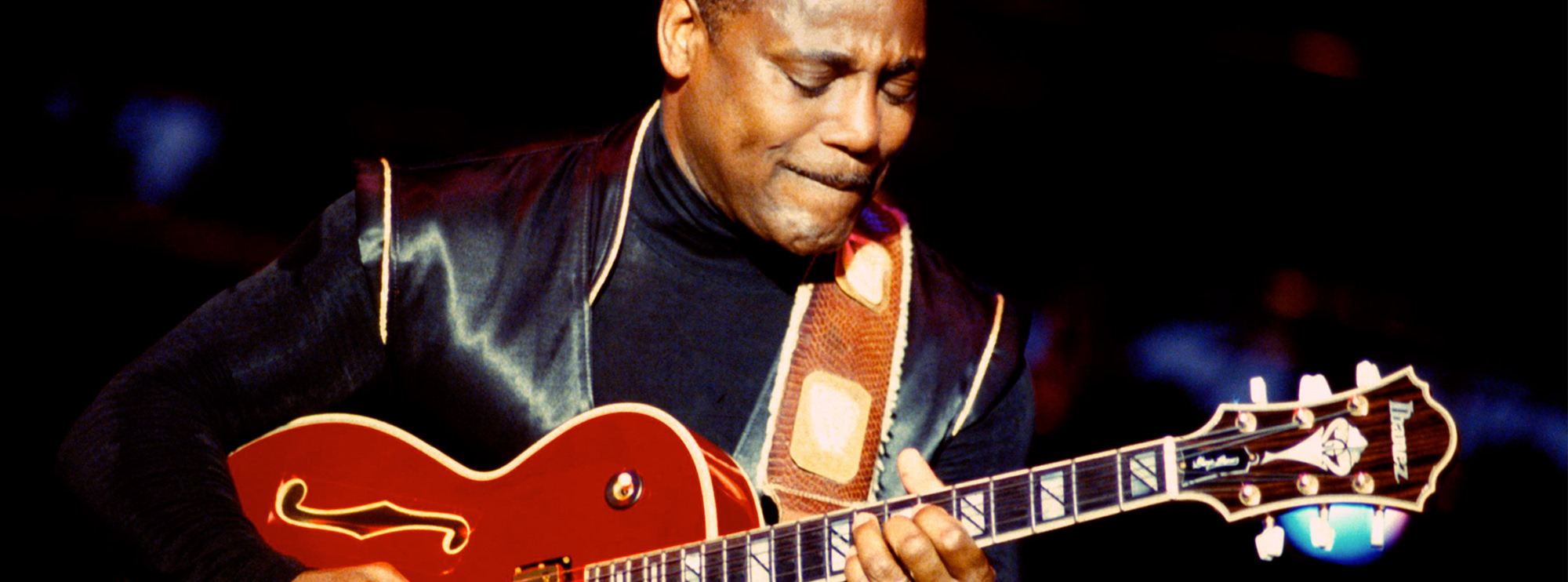Learn to Play “Substitute” by The Who
Step into the world of British rock with our in-depth guitar lesson for “Substitute” by The Who. This classic track, released in 1966, is a prime example of early mod rock energy fused with intelligent guitar work and punchy rhythms. Our note-for-note breakdown of “Substitute” at LickLibrary.com will equip you with the skills to master the song in its entirety, while also deepening your understanding of fundamental and creative guitar techniques.
Whether you're a fan of The Who or a guitarist looking to improve rhythm precision and chord control, this lesson is an invaluable tool for players aiming to sound authentic and expressive. Danny Gill breaks down this classic track in this exclusive Lick Library video tutorial.
About the Song and Its Guitar Style
“Substitute” is built around a sharp, choppy guitar rhythm and tightly structured chord progressions that drive the song forward. Unlike many rock tracks of the time, “Substitute” stands out for its clever use of syncopated rhythms, controlled dynamics, and energetic strumming patterns. These techniques don’t just make the song fun to play — they also serve as great practice tools for tightening your rhythm chops and improving timing accuracy.
The guitar part is deceptively simple but incredibly effective. Pete Townshend’s style on this track is clean, percussive, and powerful. In our lesson, you’ll learn how to harness that same sense of drive and articulation.
Guitar Techniques Taught in the Lesson
Chord Progressions
The mainstay of this song lies in its tight, fast-moving chord progressions. You’ll learn how to switch cleanly and quickly between chords while keeping your rhythm locked in with the rest of the band. This is essential for any guitarist who wants to improve their ability to play rhythm in a band setting.
Why it matters: Practicing rapid chord changes builds muscle memory, enabling smoother transitions in live performance or recording sessions.
Barre Chords
A significant part of “Substitute” makes use of barre chords, which allow for consistent voicings across the fretboard. You’ll learn how to apply pressure properly and maintain clarity, even during fast changes.
Why it matters: Mastering barre chords opens up the entire neck of the guitar and gives players the flexibility to transpose and adapt songs easily.
Power Chords
The song’s punchy, rock-driven feel owes a lot to its use of power chords. These are a staple in rock guitar and offer a thick, aggressive tone perfect for rhythm sections.
Why it matters: Power chords are fundamental to modern rock, punk, and metal. Learning them builds a solid foundation for heavier styles of music.
Palm Muting
To get that signature percussive effect on the strummed chords, palm muting is key. Our lesson shows you how to control your muting for maximum rhythmic clarity without choking the notes.
Why it matters: Palm muting adds texture and groove to your playing. It’s also a critical technique for controlling dynamics and tightening up your rhythm tone.
Syncopated Rhythms
“Substitute” uses subtle syncopated rhythms to add energy and movement. In the lesson, we break down the accents and offbeat strumming patterns so you can lock in with the song’s flow.
Why it matters: Developing a sense of syncopation improves your timing and makes your rhythm playing more exciting and dynamic.
Slides
You’ll also encounter slides between chords and notes, adding a subtle flair to transitions. This technique is introduced in the context of connecting rhythm parts more smoothly.
Why it matters: Slides enhance fluidity in your playing and create seamless movement between notes and chords, which is perfect for expressive rhythm and lead playing.
Pete Townshend – The Guitar Force Behind the Track
“Substitute” showcases the sharp rhythmic playing of Pete Townshend, one of the most influential guitarists in rock history. Known for his aggressive style, windmill strums, and power chord mastery, Townshend redefined rhythm guitar as an expressive, lead-like voice in a band. Unlike many guitarists of the era who focused on flashy solos, Townshend’s genius lay in constructing songs that hit hard with clever simplicity.
In this track, Townshend’s playing is a masterclass in precision and rhythmic authority. His influence can be seen across generations, from punk rock to alternative and indie scenes. Learning his style gives any guitarist a stronger sense of groove, energy, and musical arrangement.
Who Is This Lesson For?
This lesson is perfect for intermediate guitarists who want to refine their rhythm skills, improve chord transitions, and add variety to their strumming. It’s also a great choice for classic rock enthusiasts eager to capture the essence of British invasion guitar work. With LickLibrary’s note-for-note approach, you’ll get every detail just right — from the percussive mute to the chord voicings — helping you build real confidence in your playing.
Guitar Techniques Used in This Lesson
Ready to dive into the raw rhythm and iconic drive of The Who? Head to LickLibrary.com and start learning “Substitute” today – note-for-note, just like the original.

About The Tutor
Tutor Profile
Danny Gill
Danny Gill is, without a doubt, the most loved tutor by our community. With an incredible array of DVDs and web lessons for LickLibrary covering a wide variety of topics all of which he covers with incredible detail, it's no wonder he carries as much respect as he does. As...




